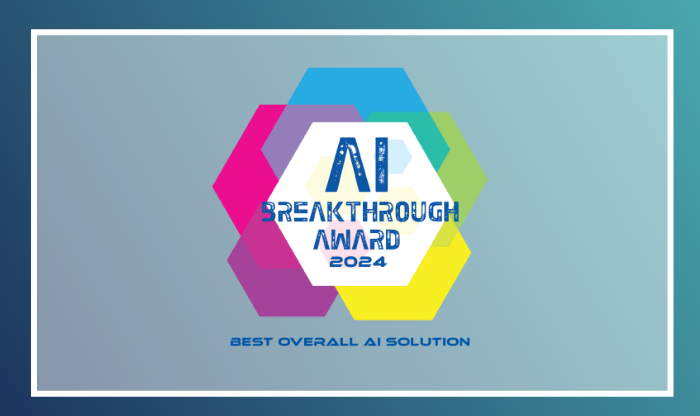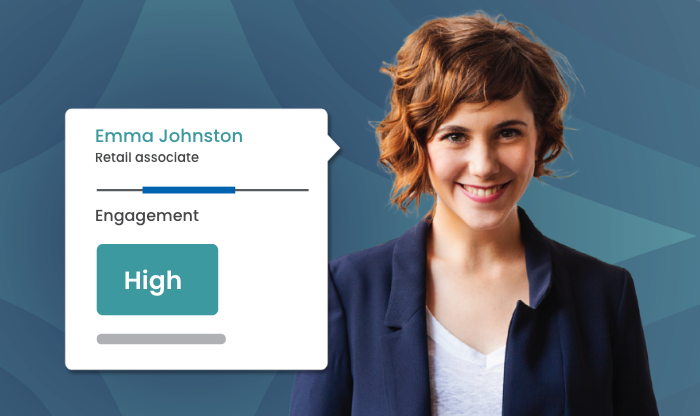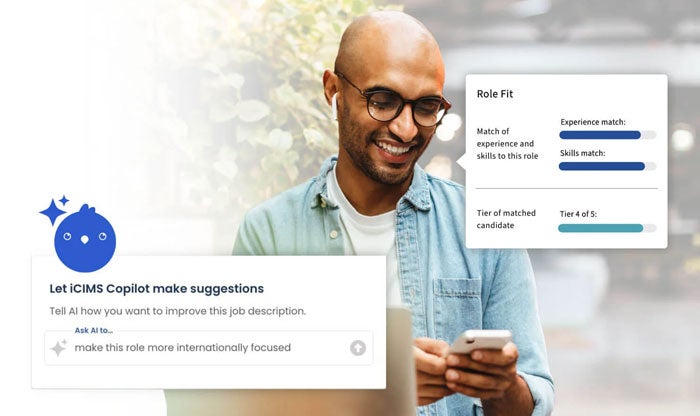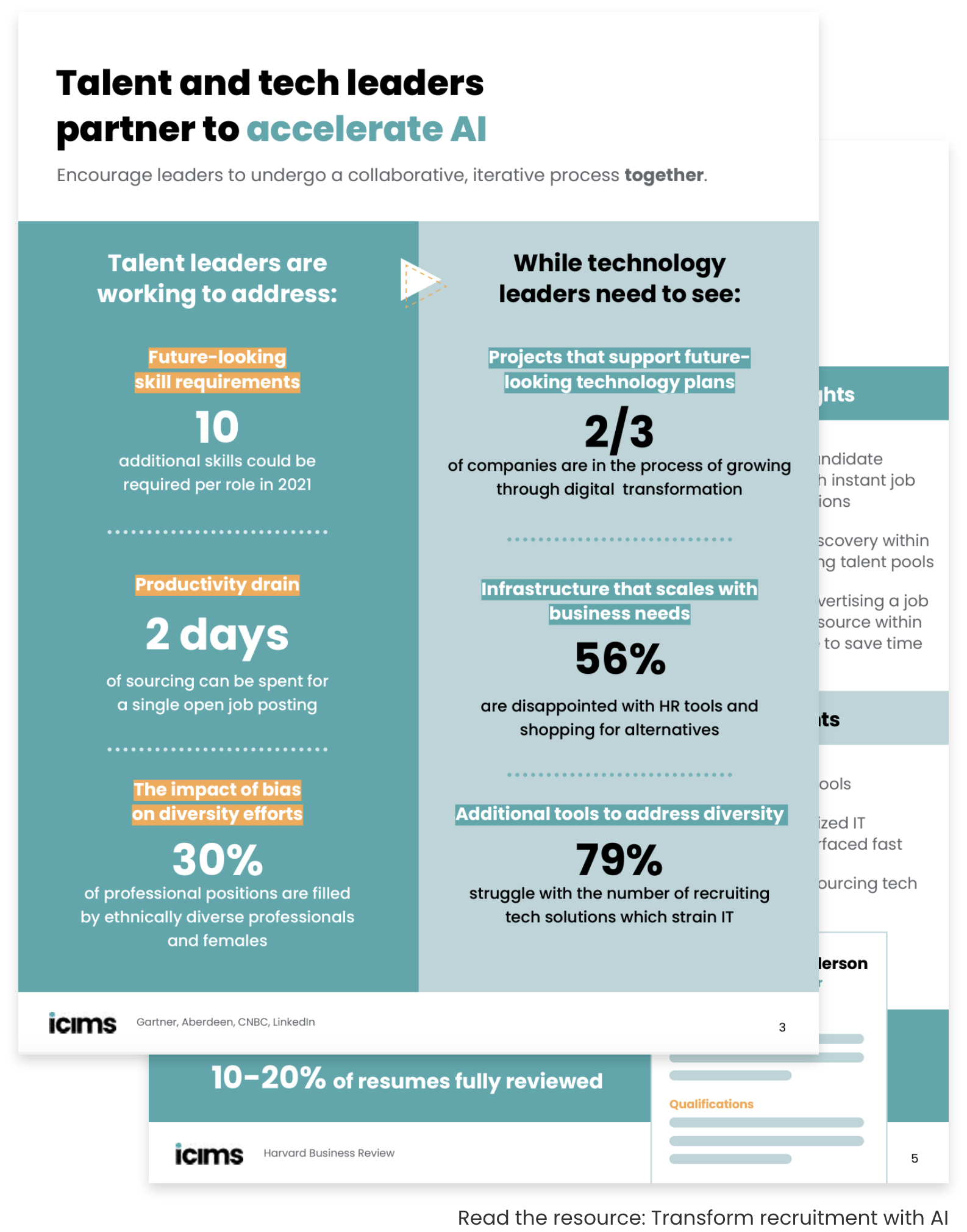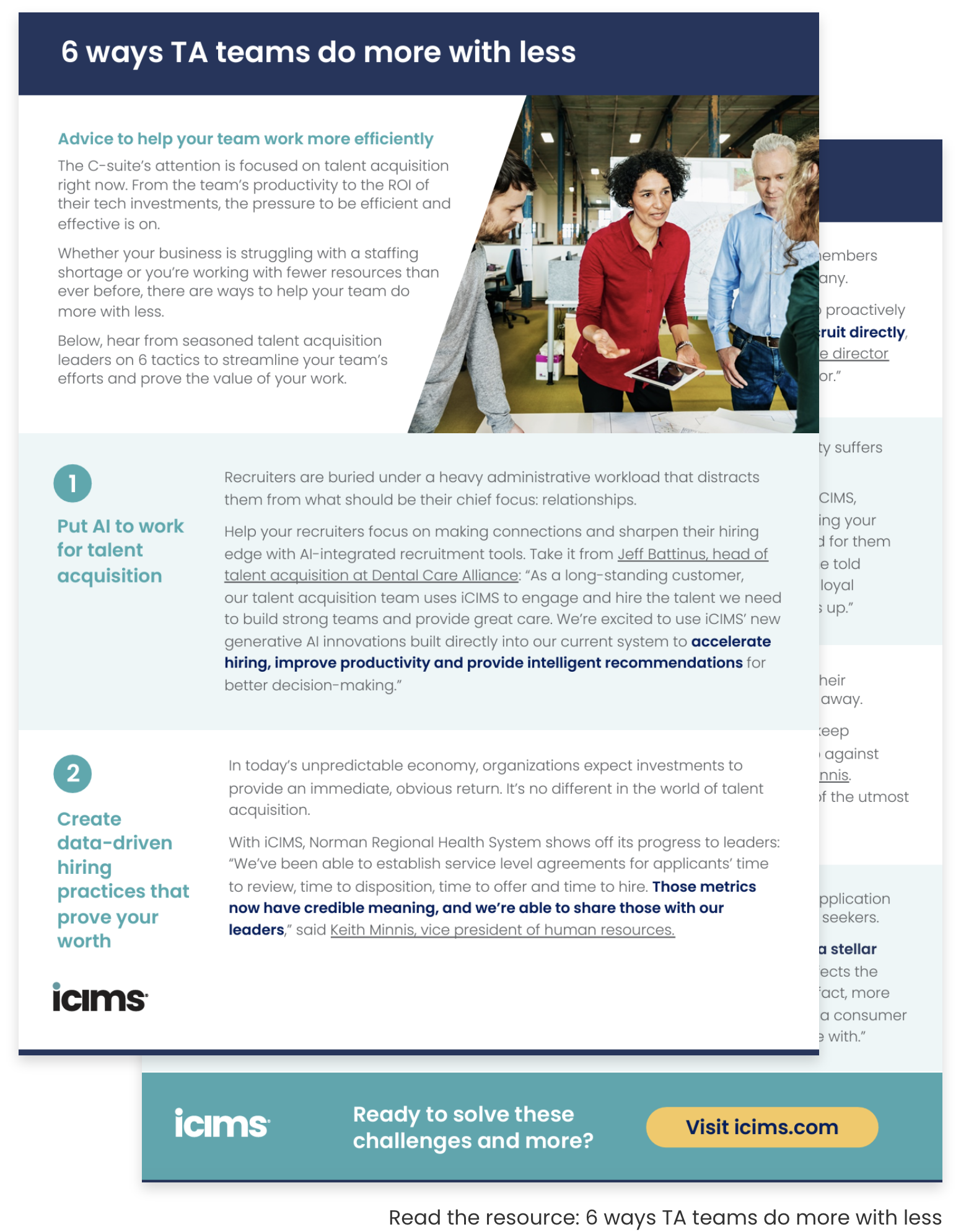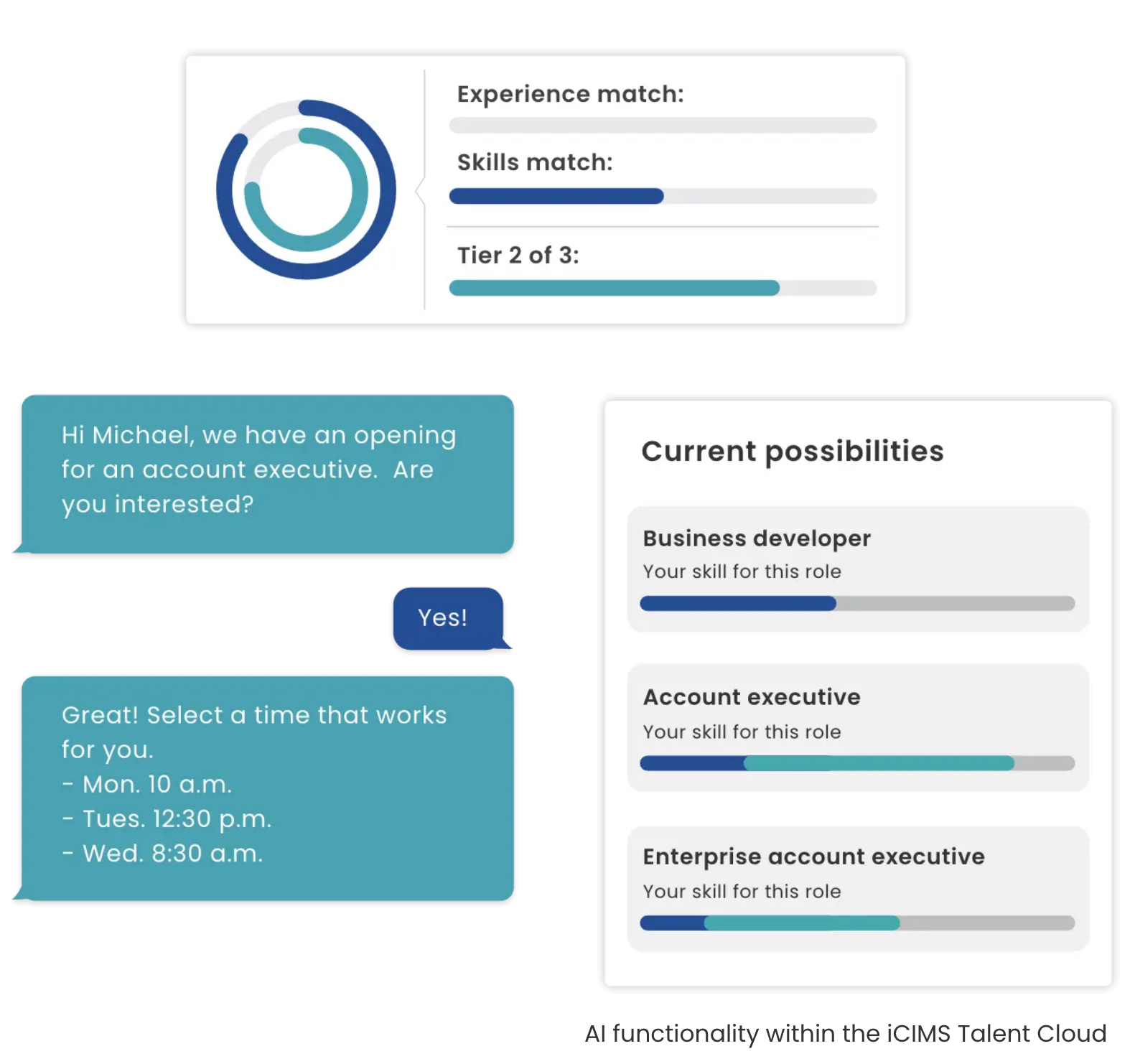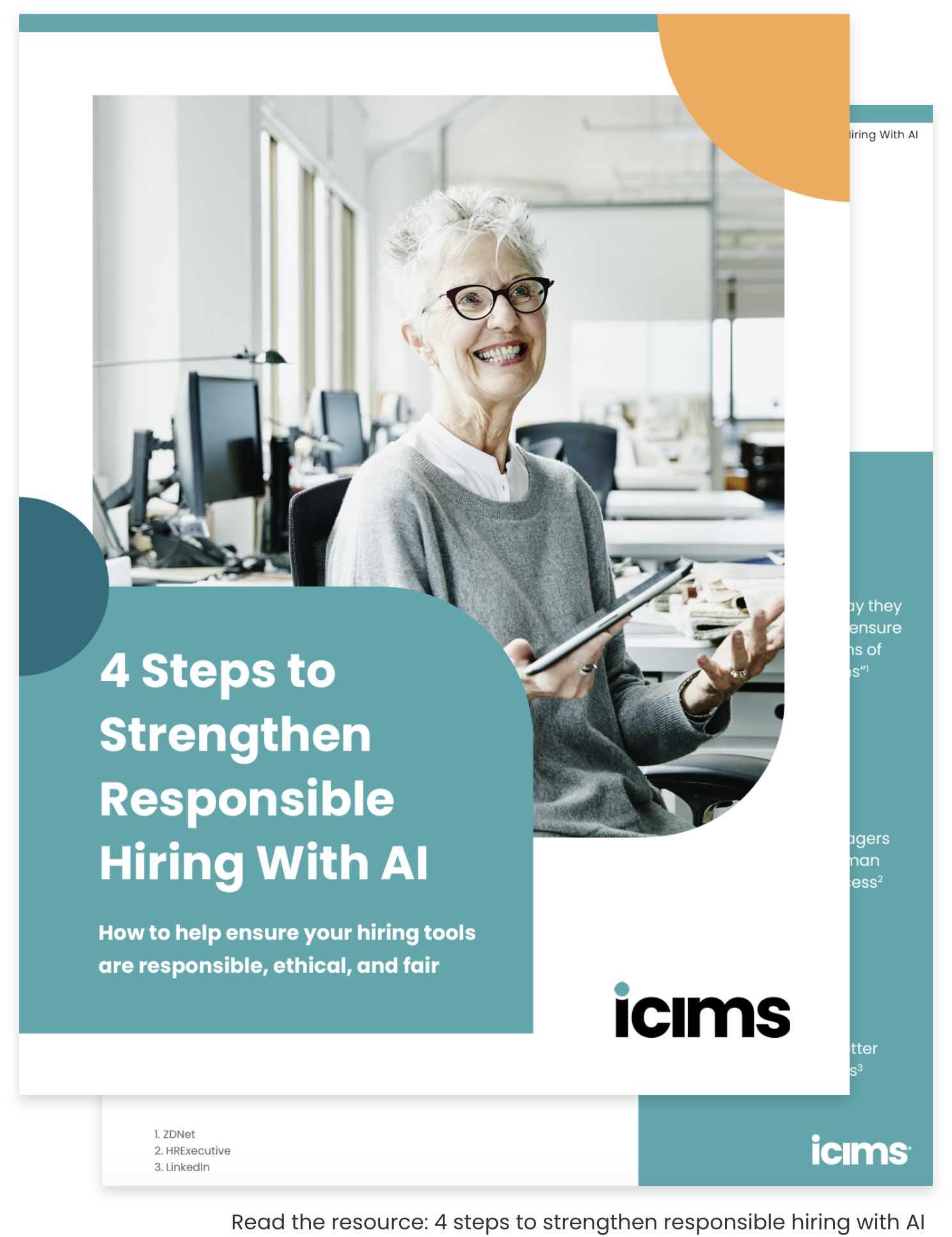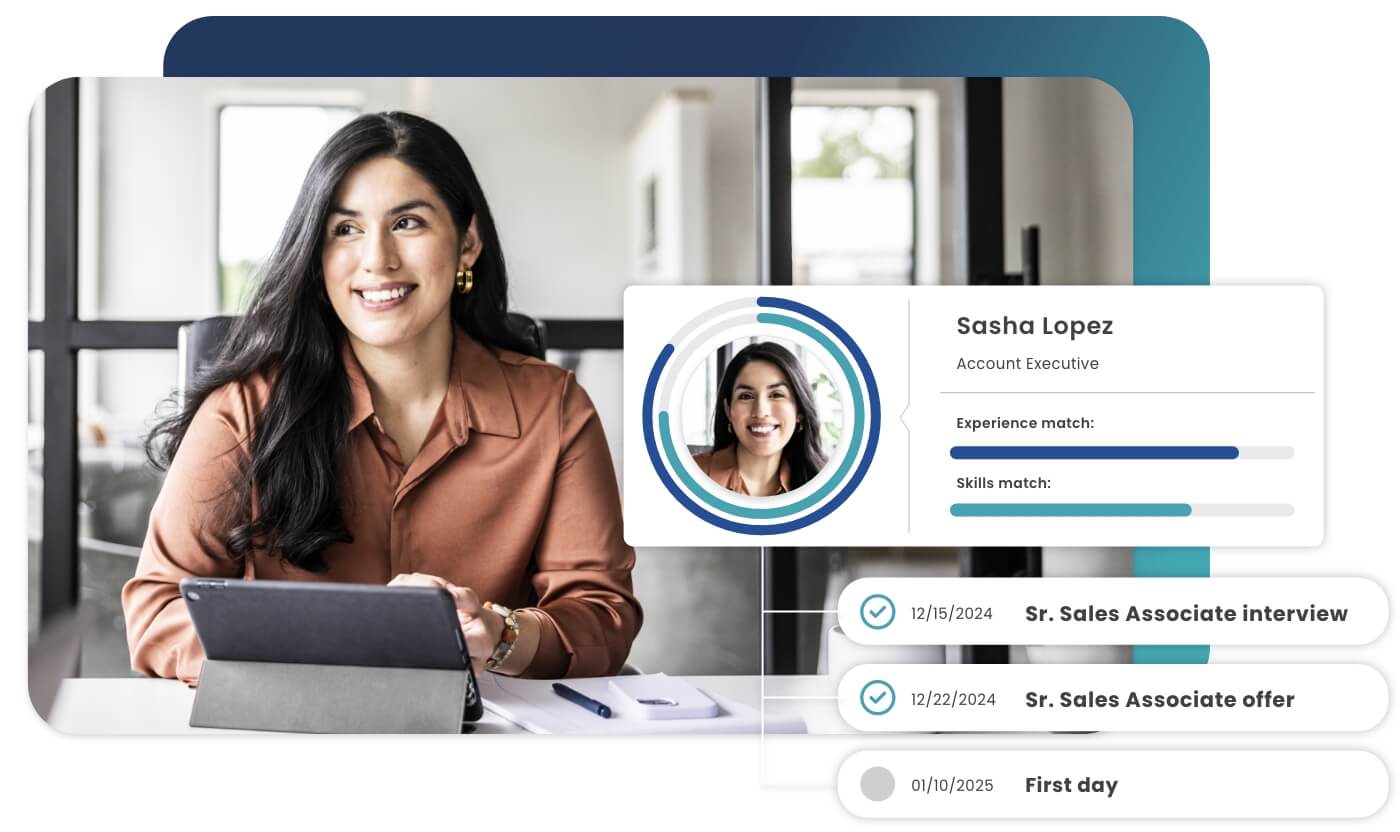

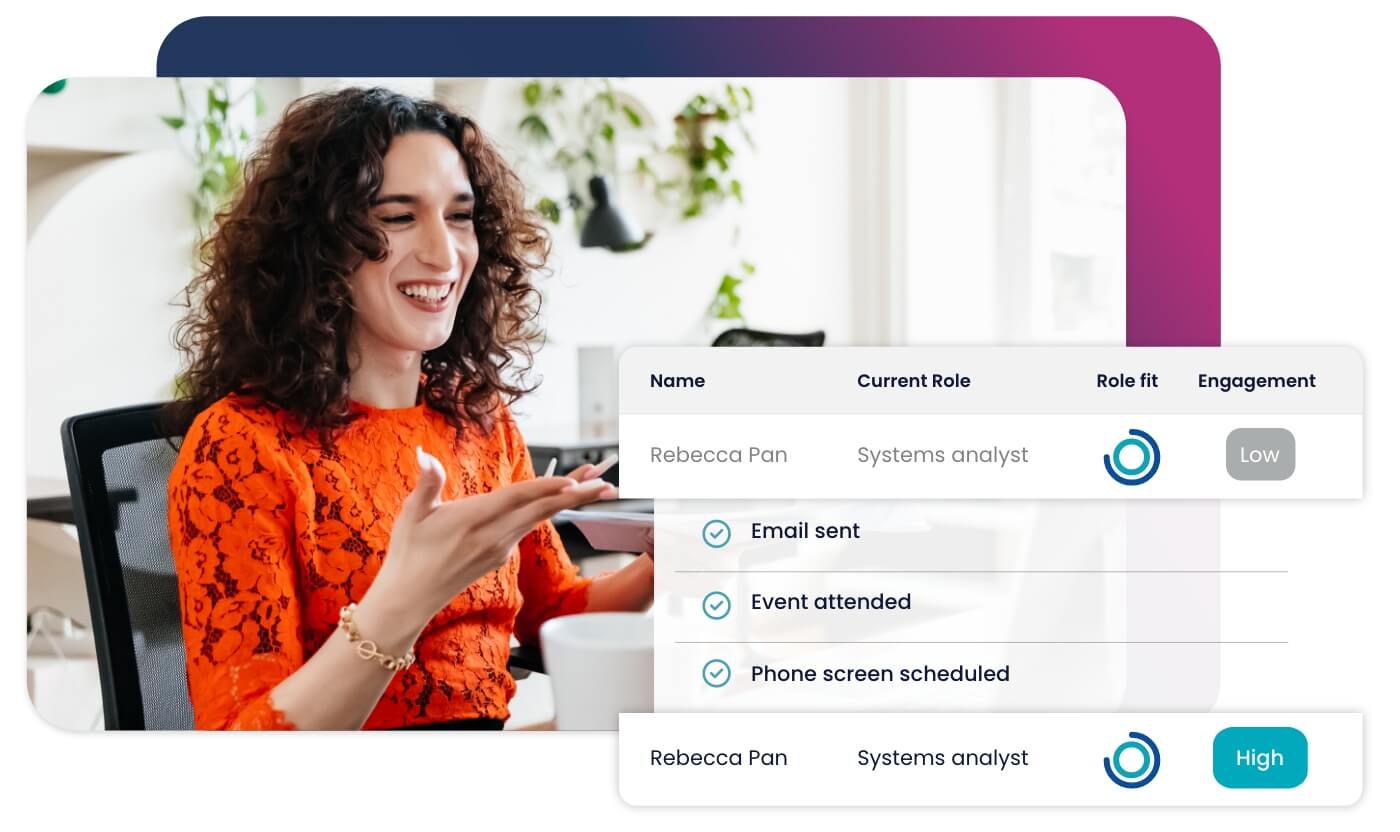
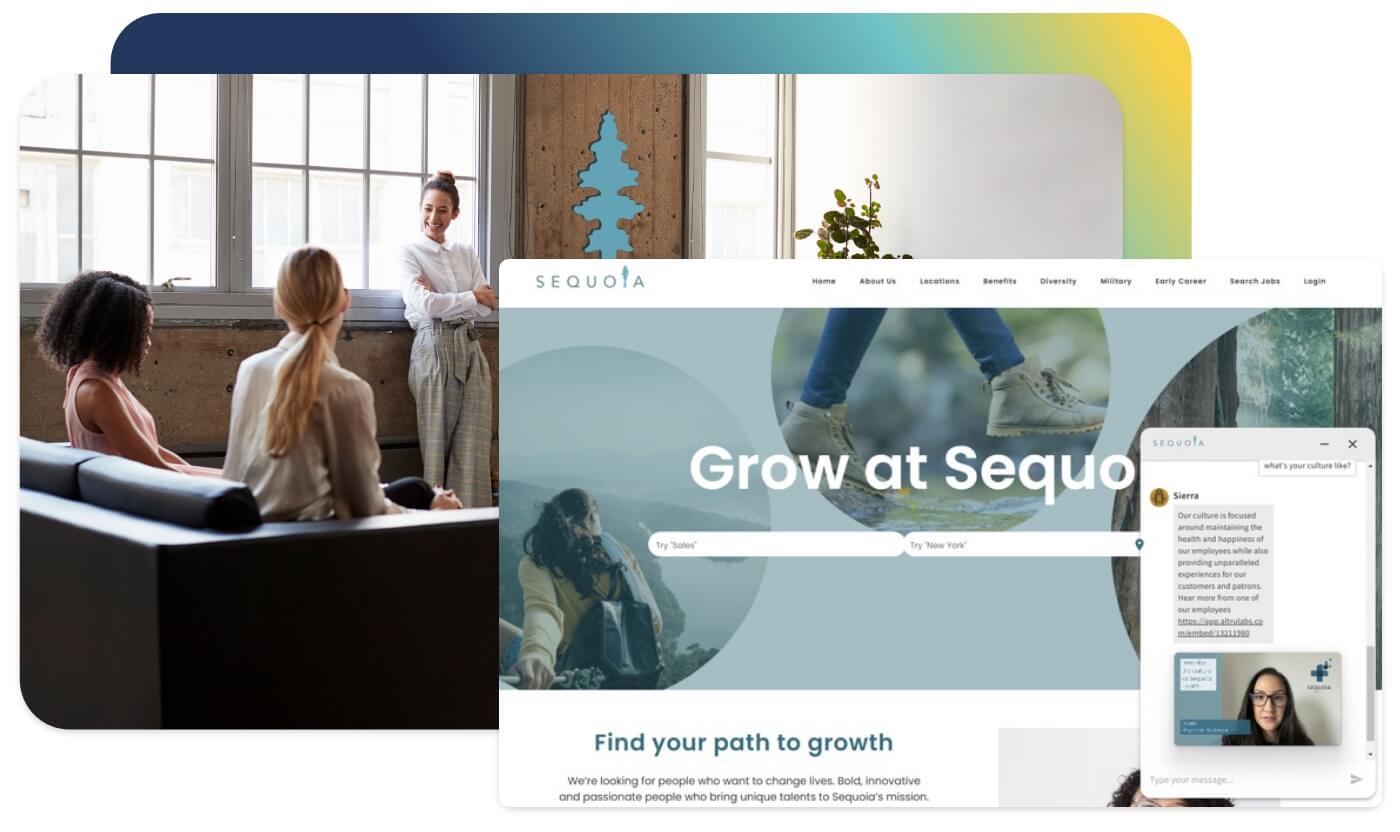


Accelerate hiring key talent to deliver care and exceed patient satisfaction.

Attract skilled candidates, speed up hiring and grow expertise in your workforce.

Simplify recruiting finance and banking talent with a platform for hard-to-fill roles.


Build a talent pipeline that engages and drives your business forward.


See how diverse and global enterprises use iCIMS to employ millions, drive innovation and connect communities worldwide.

Uncover unique market insights, explore best practices and gain access to talent experts across our library of content.


View press releases, media coverage, the latest hiring data and see what analysts are saying about iCIMS.

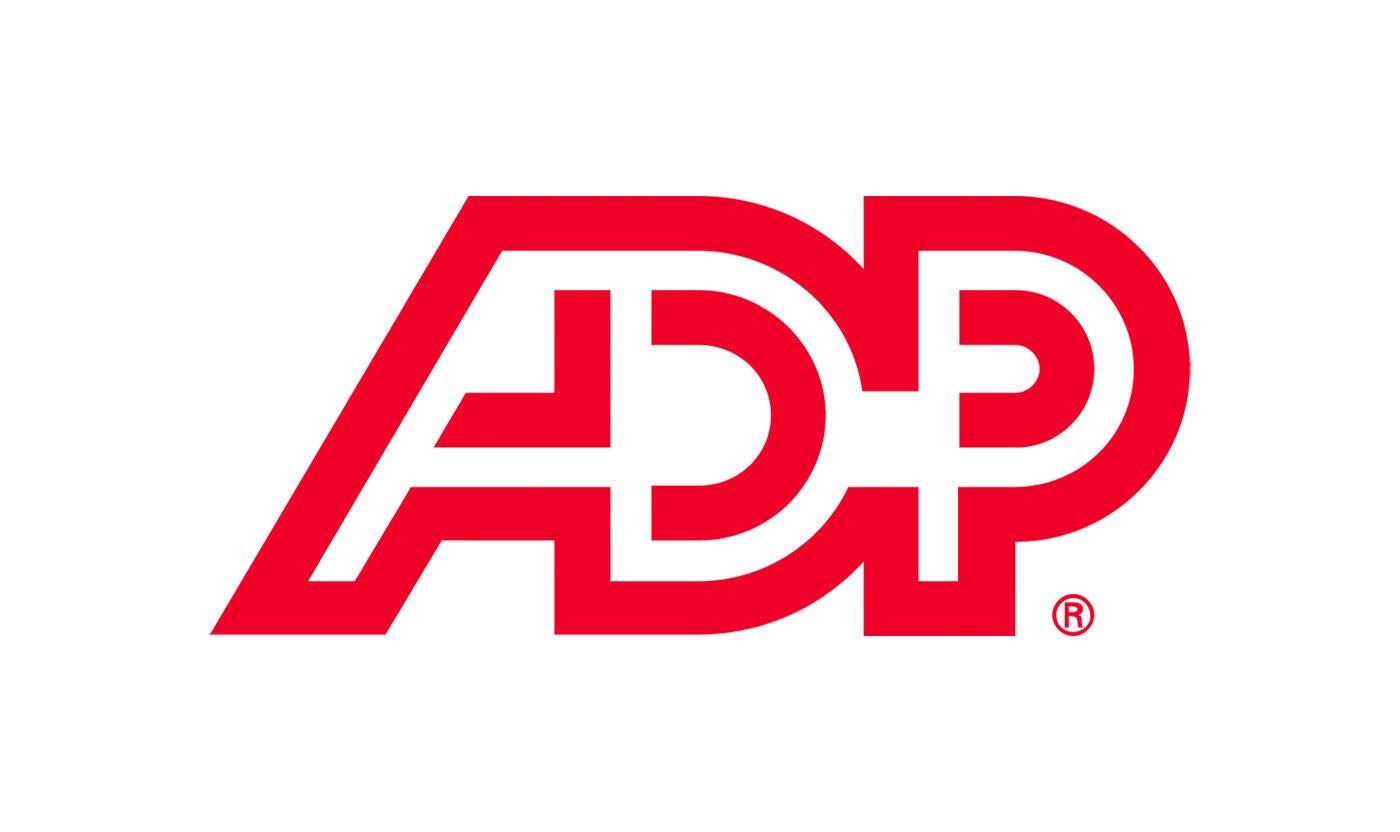
Streamline your tech stack and take advantage of a better user experience and stronger data governance with ADP and iCIMS.
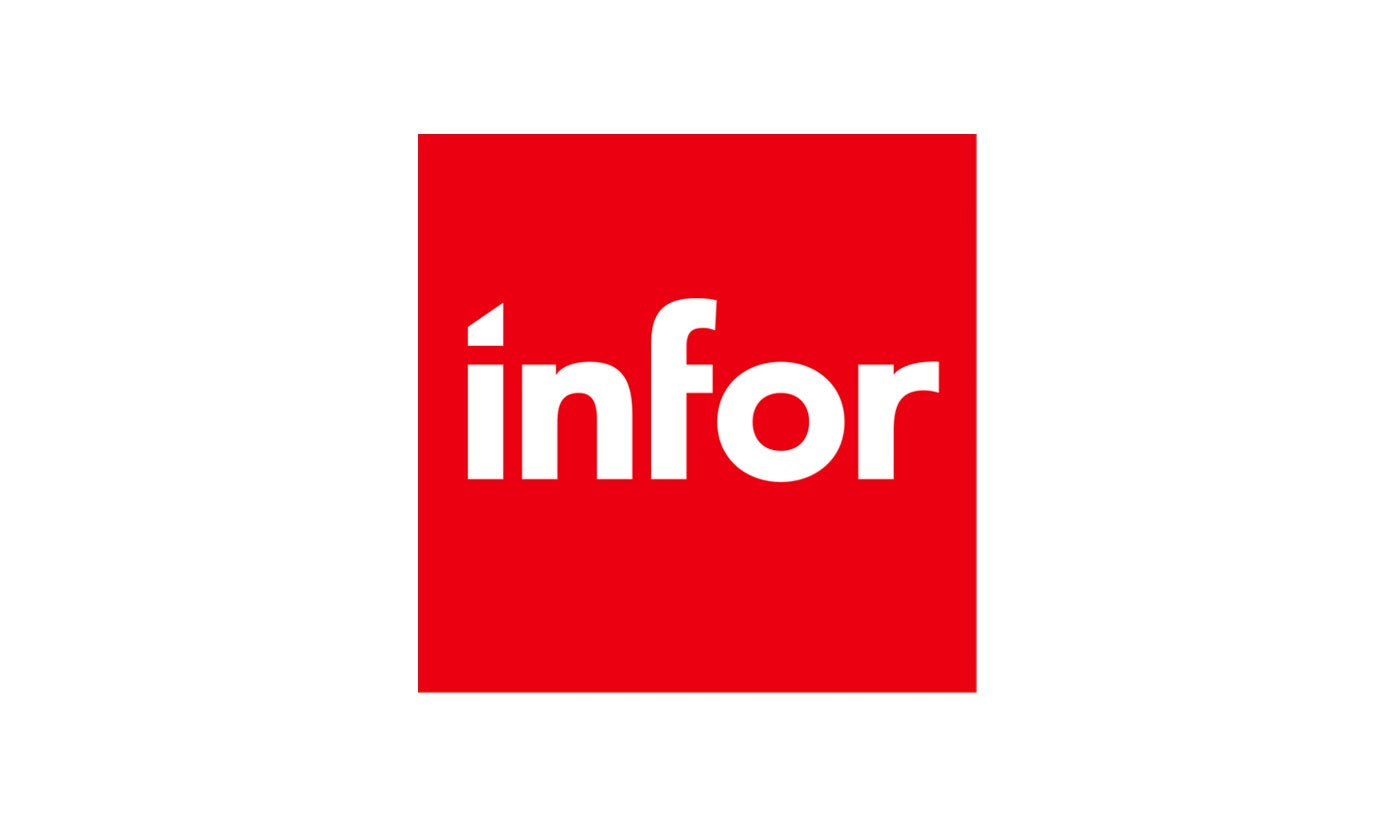
The combined power of iCIMS and Infor helps organizations strategically align their business and talent objectives.
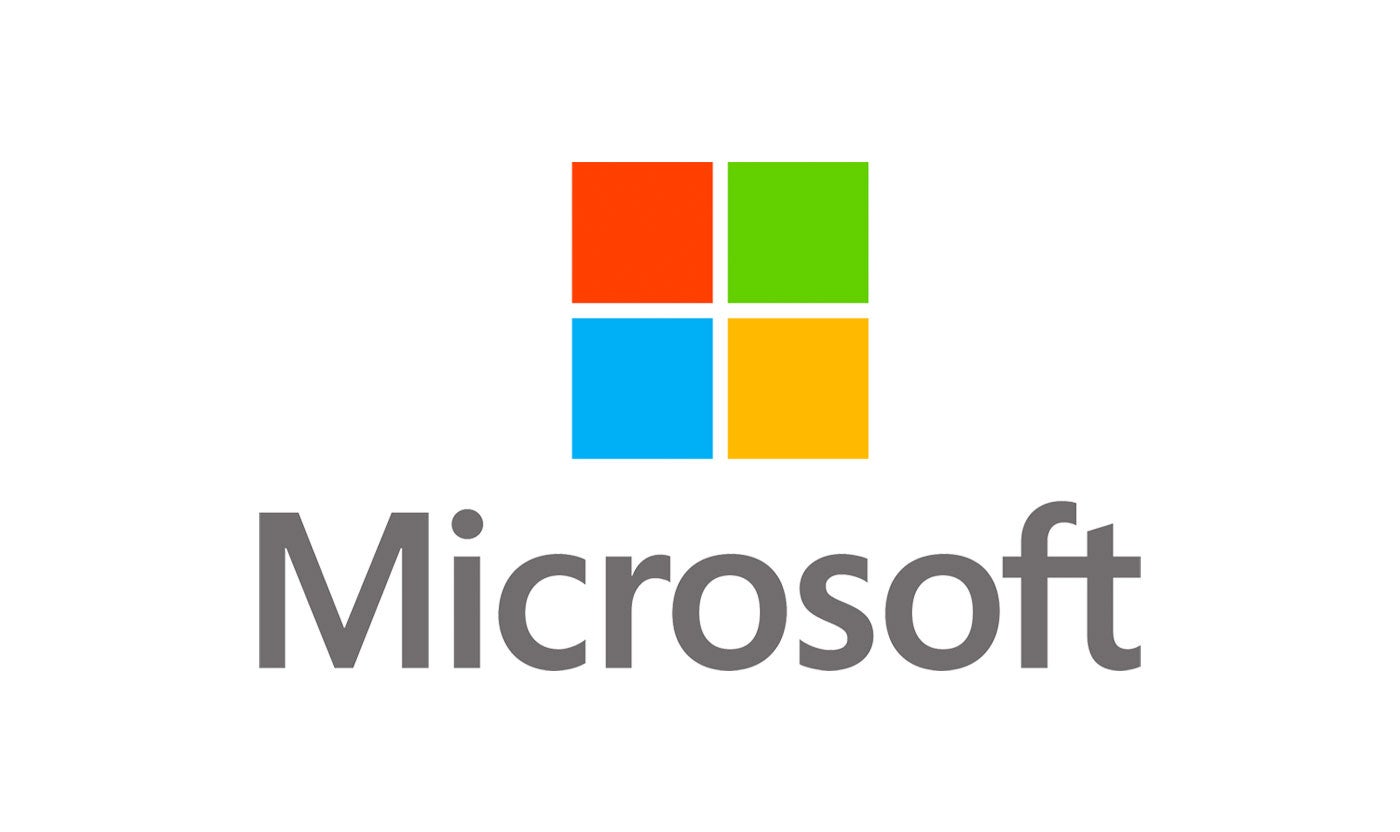
Our award-winning partnership with Microsoft is grounded in a shared desire to transform the workplace and the hiring team experience.
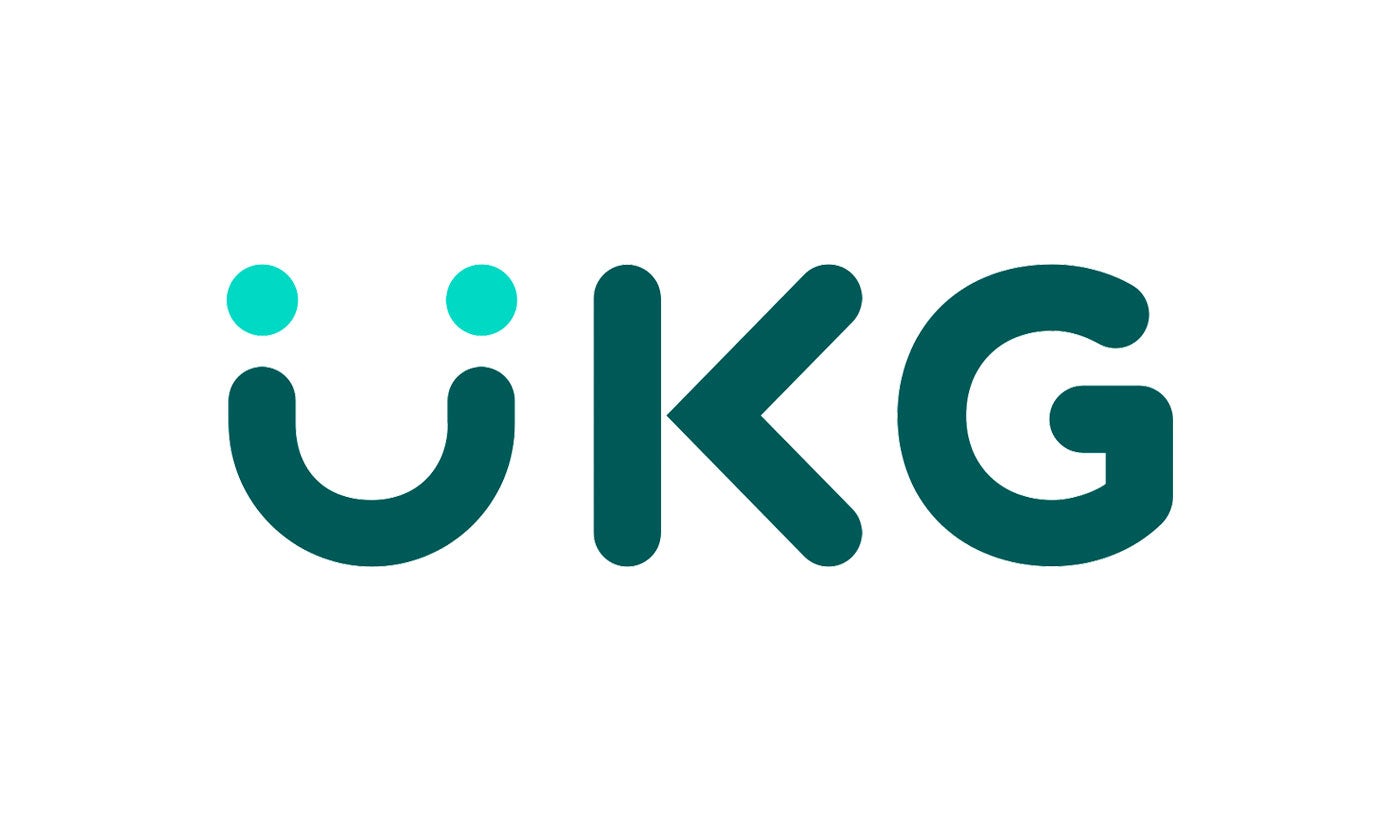
Our partnership with Ultimate Kronos Group (UKG) supports the entire talent lifecycle by bringing frictionless recruiting solutions to UKG Pro Onboarding.
From creating candidate shortlists to helping draft job descriptions, AI has the potential to revolutionize hiring. AI can provide insights and suggest optimizations that would otherwise go unnoticed. The speed at which it can accomplish tasks — and the scale at which it can engage candidates – represents a significant opportunity for hiring teams.
That all sounds good, but getting started with AI can feel overwhelming. It doesn’t have to be.
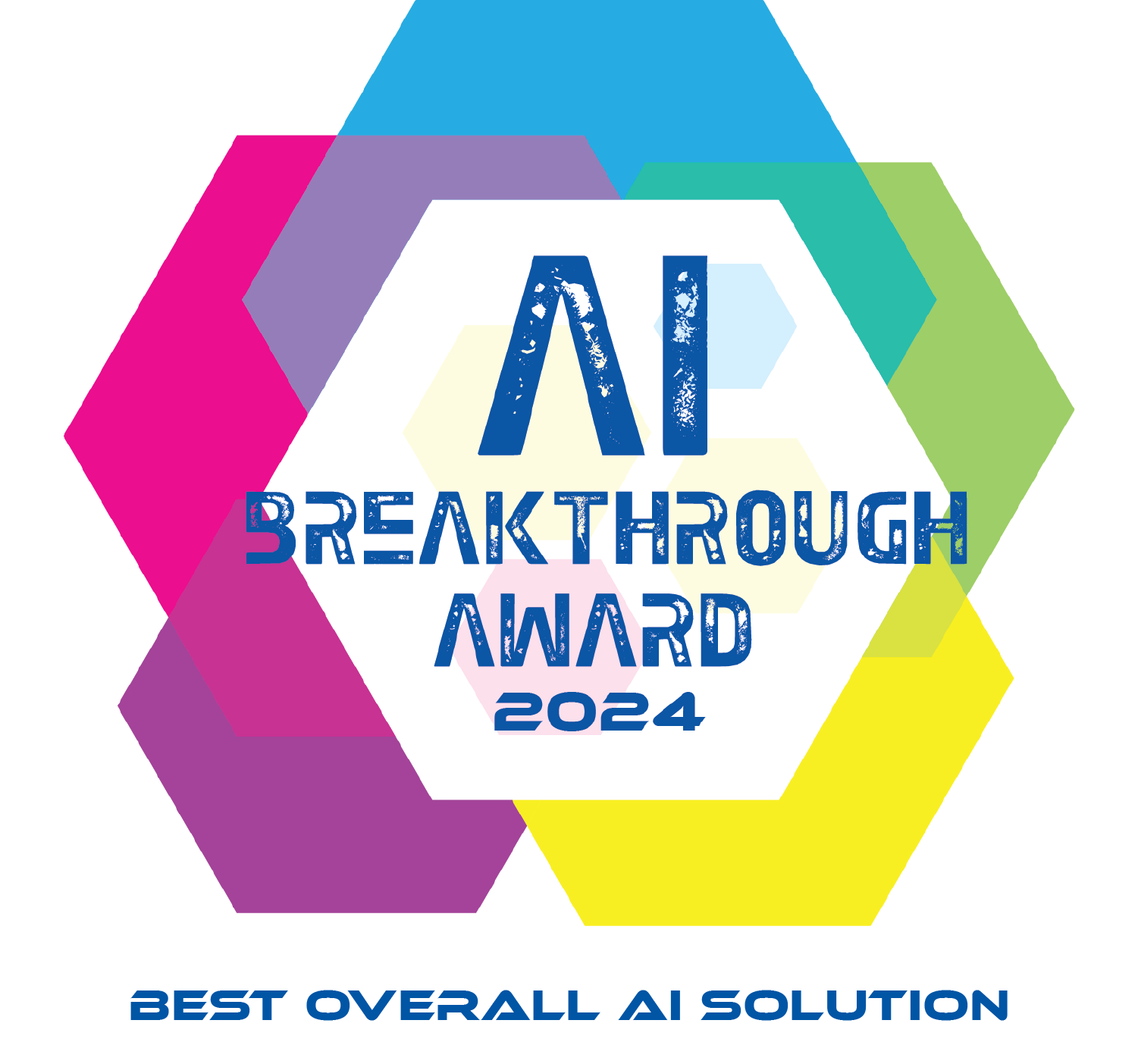
iCIMS has a history of using AI across our hiring platform – long before this current race to incorporate AI into everything.
We think the results speak for themselves. iCIMS Talent Cloud AI was named “Best Overall AI Solution” at the 7th annual AI Breakthrough Awards.
AI isn’t a narrow solution for a specific hiring challenge. There are many opportunities to use AI throughout the recruiting process to save time and help make smarter, more informed decisions. The first step is determining where and when to use it.
How AI can benefit recruiters and hiring managers:
How AI can benefit job seekers and employees:
Resources for determining where and how to use AI for recruiting:
[Webinar] What’s next in AI?
Transform recruitment with AI
4 ways AI recruiting software can streamline hiring
Your AI checklist for better healthcare hiring
Once you’ve figured out how you want to use AI, it’s time to get the right people on board and define who is responsible for what. Ideally, this should happen before you start looking at specific vendors. This way, you’ll get into the evaluation process with your internal teams all on the same page.
Who is consulted will vary from one organization to another. Your executive team, legal counsel, information security and IT department are all possible candidates. Some organizations find it best to formalize an AI committee to hammer out the details.
Questions to discuss with your internal team:
Resources for determining where and how to use AI for recruiting:
A collaborative guide for talent and IT leaders
How investing in recruiting software improves ROI
6 ways TA teams do more with less
At this point, you’re ready to assess AI solutions and their vendors. There are at least two important categories to consider:
When evaluating vendors, ask:
Resources for evaluating recruiting AI vendors:
NYC AI law
EU AI Act
Colorado AI Act
AI Principles for Developers and Employers
AI isn’t taking over the whole world, just mine
Responsible AI: Ethics and automation in recruiting
With an AI solution secured, it’s time to begin the rollout. Your team will likely have a lot of questions about how this impacts their day-to-day.
The first step is communicating the vision for AI, and how it can transform the way your organization recruits. Next come timelines and expectations. Finally, training for recruiters and hiring managers.
Resources to help you get started with AI:
4 steps to strengthen responsible hiring with AI
How to build your talent acquisition tech business case
ATS buyer’s guide
[Webinar] Best practices to make your ATS buying process less painful 6 ways TA teams do more with less
Trusted by the world’s leading brands, our responsible AI has a proven track record of helping teams simplify and accelerate their hiring – including reducing time-to-fill by as much as 50%.
Learn more about iCIMS Talent Cloud AI:
